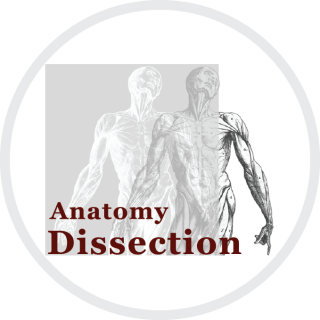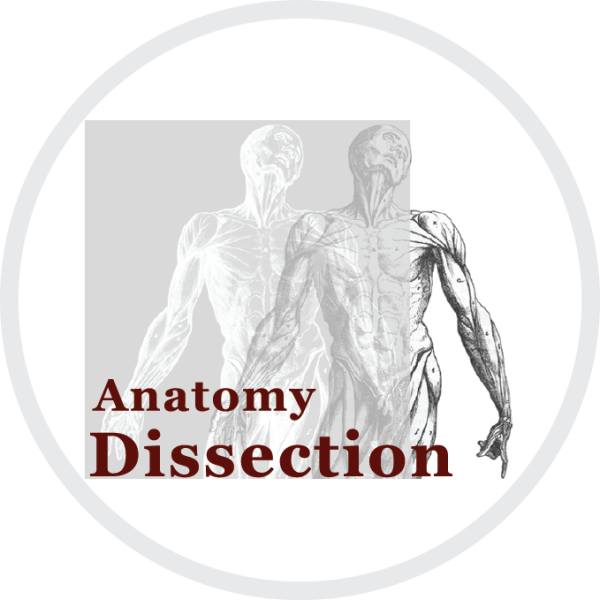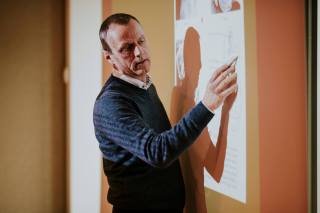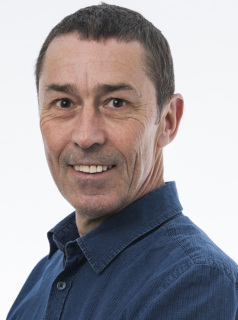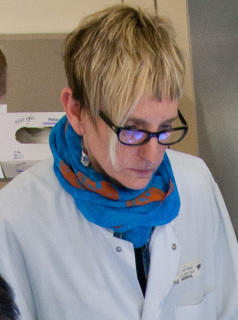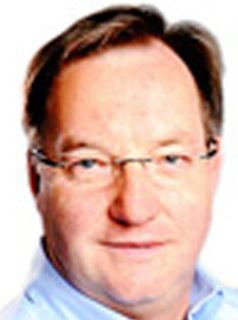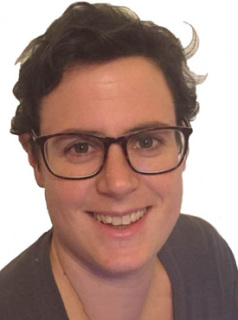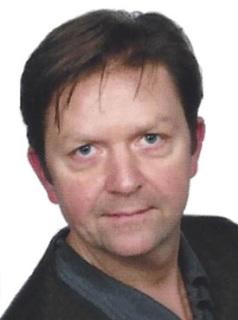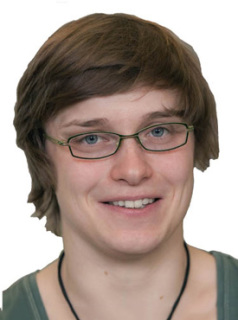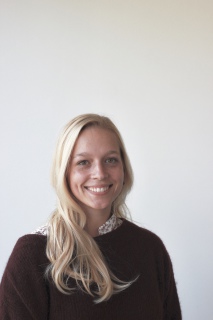Since the beginning of the 90's, dissectionseminars for Osteopaths are organized at the University of Heidelberg.
Particular aspects of these seminars are:
- The study material is not pre-prepared
- The participants practice the dissection themselves
The support of these seminars consists of:
- Experienced teachers who are also active in the practice of osteopathy. This gives the opportunity to reconnect the seminar directly to the practice of osteopathy.
- Short thematically tied theoretical explanations
- An adapted syllabus by theme with a built-in checklist/ with integrated examination-questions
By performing themselves the dissections, in addition to the increase of knowledge, the participants receive also a unique tridimensional insight in the anatomical complexities. And this ranging from the muscles, fascias, bone structures up to the smallest blood vessels and nerves. Also the internal organs belong to a detailed study. As a consequence of the mas of information as well as the large number of dissection steps, we have subdivided the complete dissection into 2 groups of in total 8 modules.
